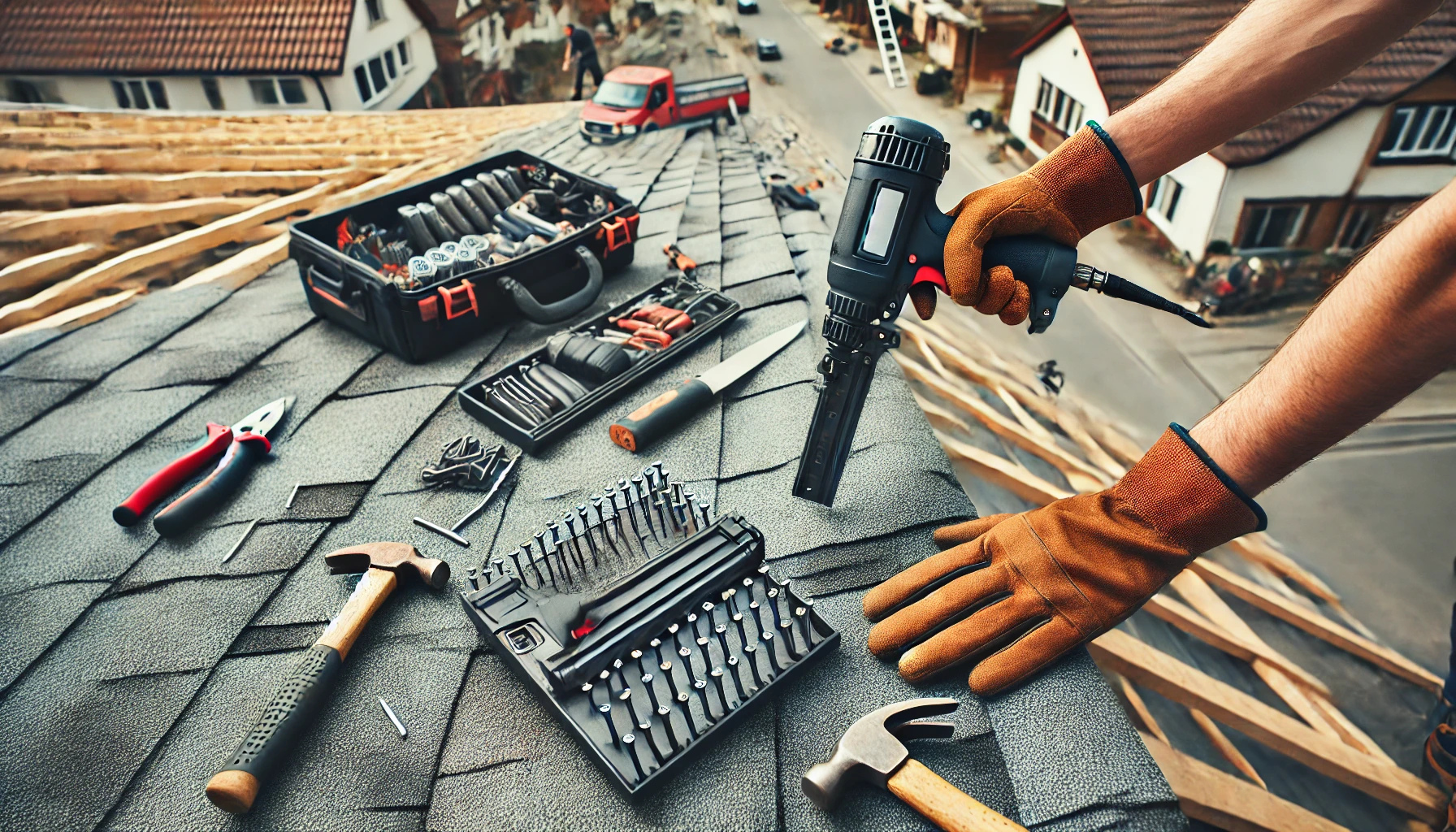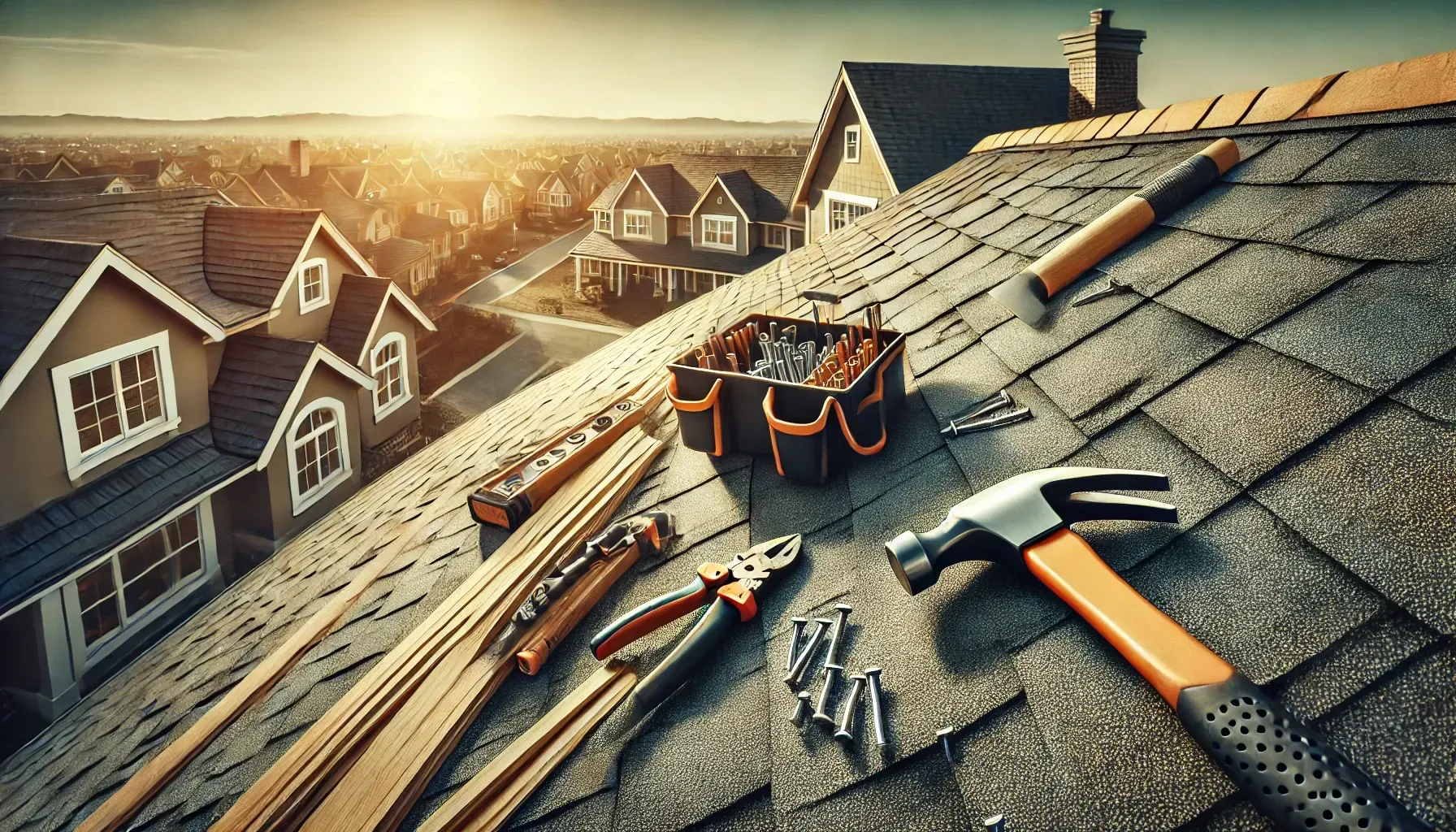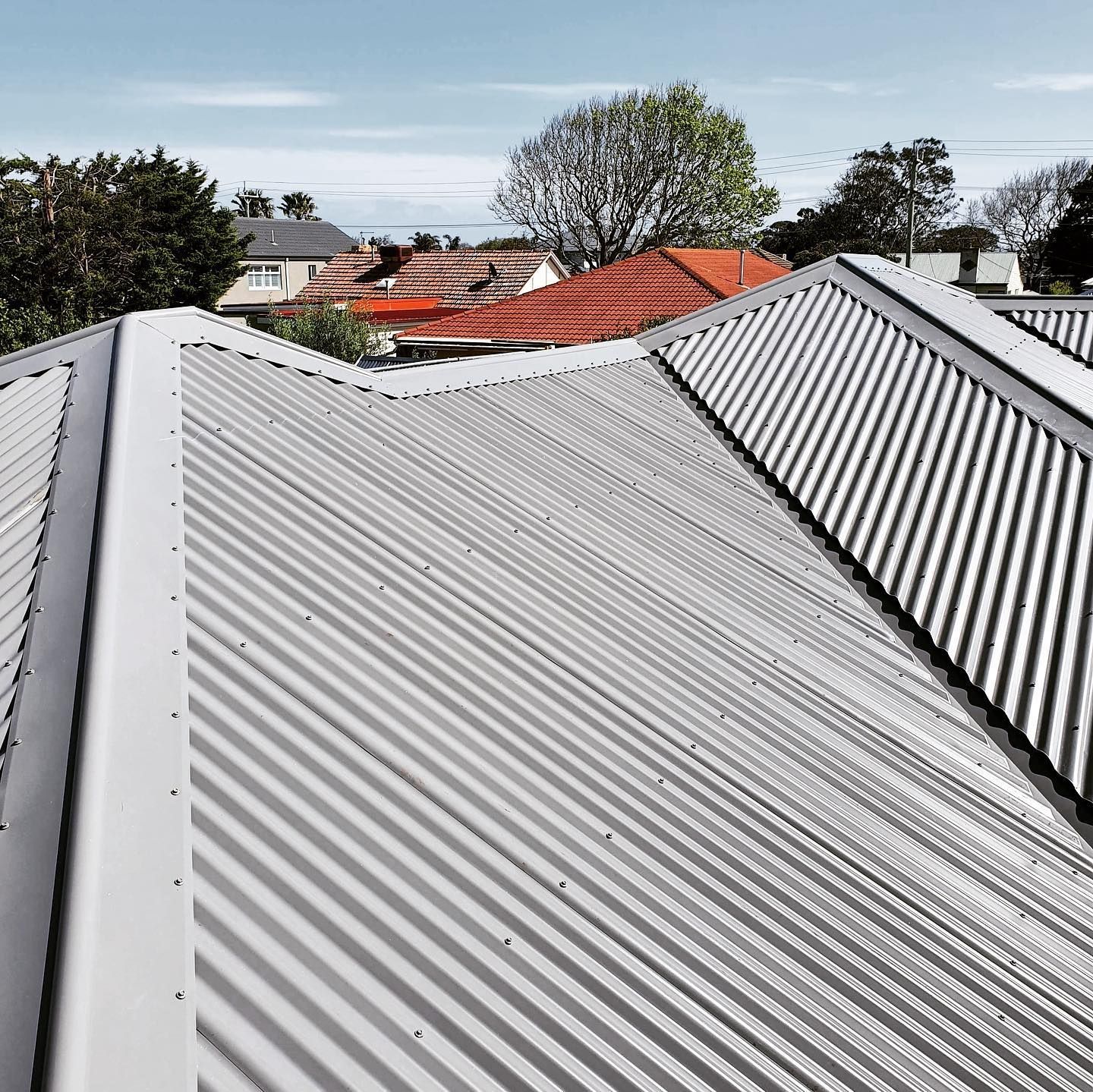Roof Replacement Advice & Insights
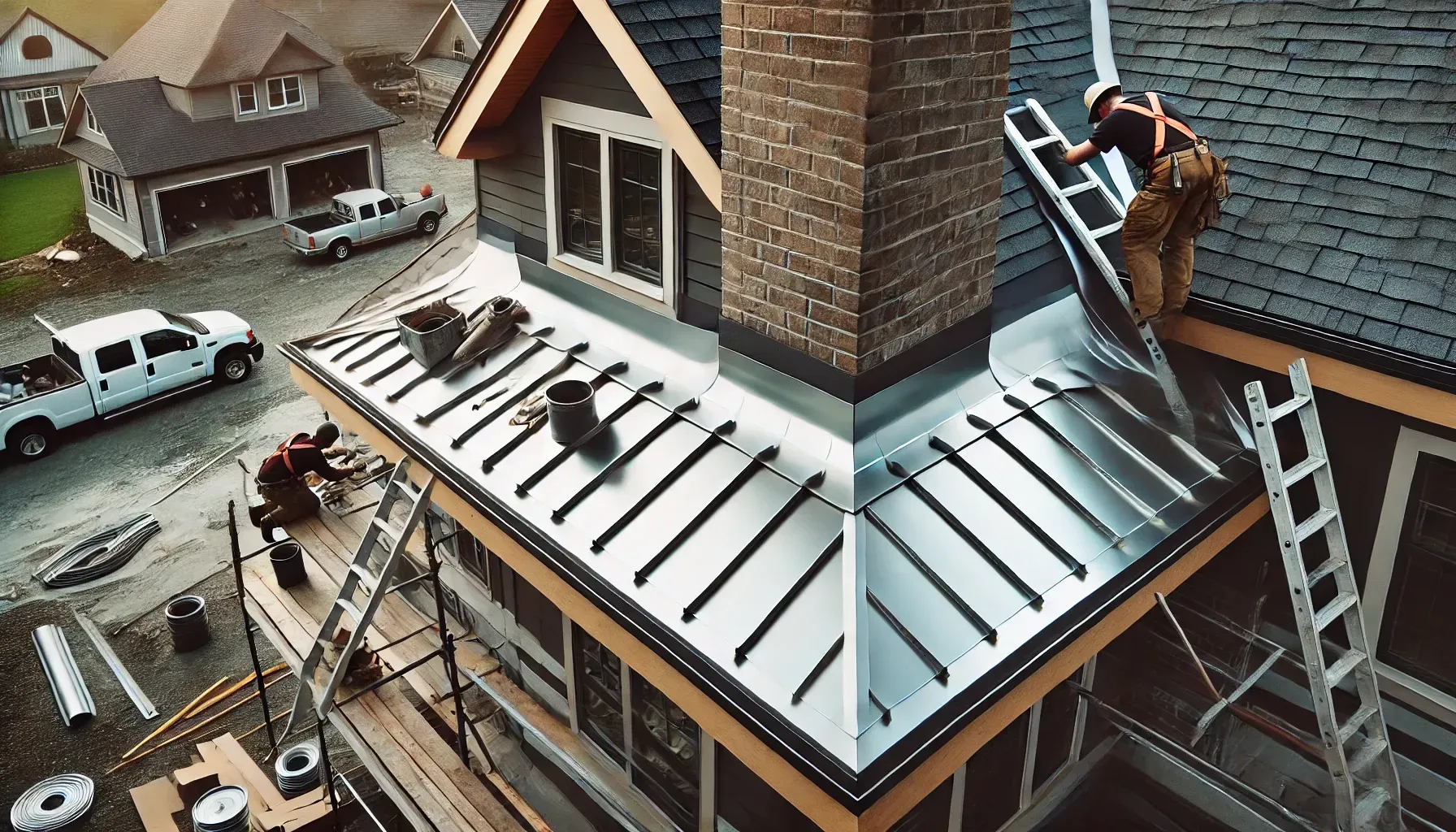
Your roof is more than just shingles - it's a complex system of components working together to protect your home. Roof flashing plays a crucial but often overlooked role in keeping your home dry and damage-free. Many homeowners only think about flashing once they experience a leak but understanding this essential component can help you better maintain your roof and prevent costly water damage.

Your roof is more than just shingles and decking—it's a complex system where every component plays a vital role. The drip edge might seem minor among these components, but it provides crucial protection for your home. Let's explore what a drip edge is, why it matters, and how it helps safeguard your property.
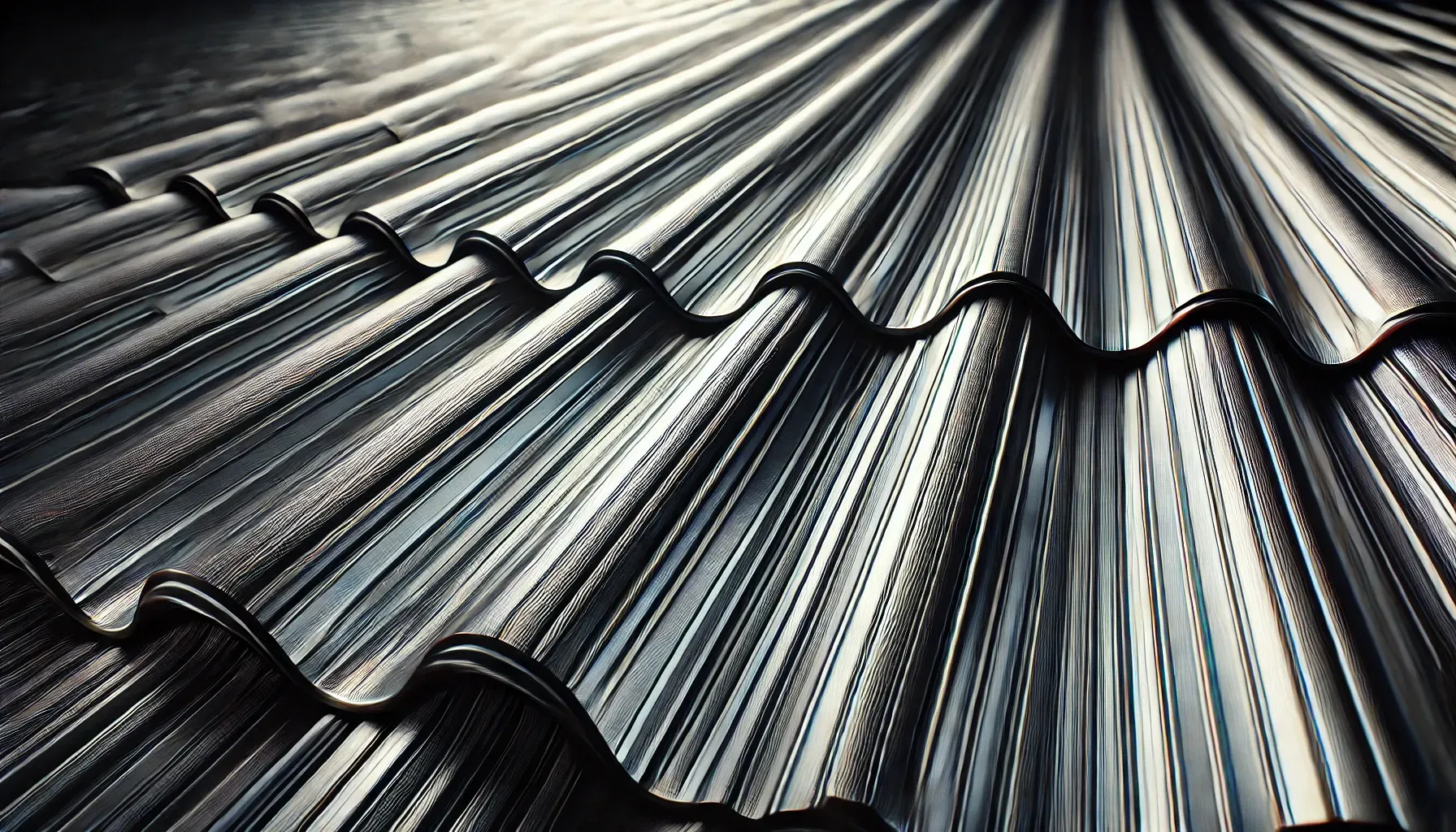
Corrugated metal roofing represents one of the most innovative and enduring developments in building materials over the past two centuries. Since its invention in the 1820s by Henry Palmer, this versatile roofing solution has evolved from purely industrial applications to become a popular choice for both residential and commercial properties. Today, it is a testament to the perfect marriage of form and function in modern construction.
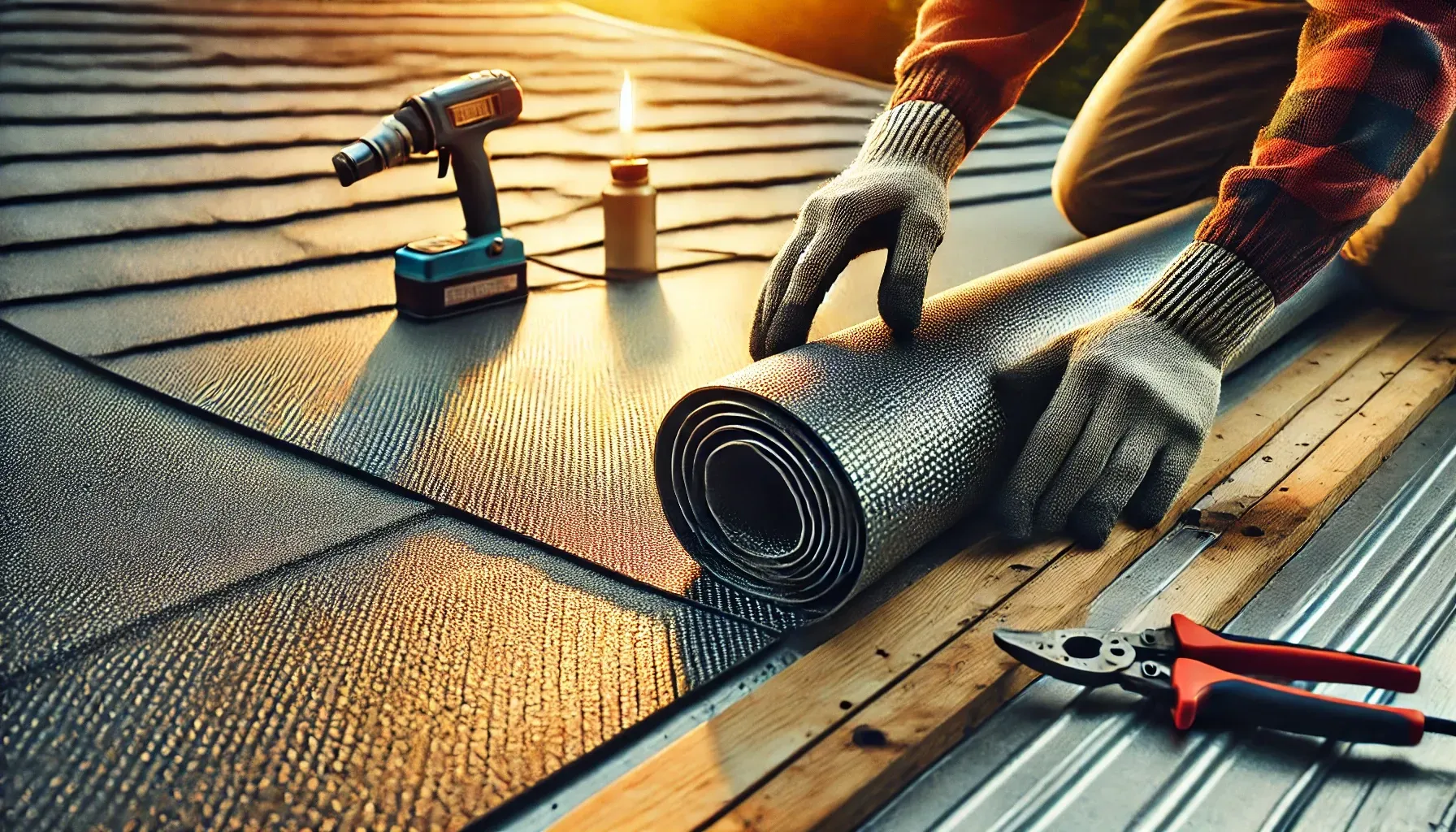
Modern roofing has evolved significantly over the years, and among the most reliable solutions available today is cap sheet roofing. This comprehensive system has become a cornerstone of commercial and residential construction, offering exceptional protection and longevity. Whether you're a property owner exploring roofing options or a professional seeking detailed information, understanding cap sheet roofing is crucial for making informed decisions about your roofing needs.

Making decisions about your roof's maintenance can be one of the most significant challenges of homeownership. Understanding whether to repair or replace your roof becomes even more crucial for Melbourne residents, where weather patterns can swing dramatically from intense heat to stormy conditions. This comprehensive guide will help you make an informed decision that protects both your home and your investment.

Metal roofing has become increasingly popular among Australian homeowners, offering a perfect blend of durability and style for our unique climate conditions. Whether you're building a new home or considering a roof replacement, understanding the pros and cons of metal roofing can help you make an informed decision for your property.

In Australia's 2024 market, roof replacement costs typically range from $15,000 to $60,000. This higher price range reflects our unique market conditions and regulatory requirements. Unlike other countries, Australian roofing projects must adhere to strict building codes and use certified materials, significantly impacting overall costs. A complete replacement of a standard three-bedroom home with a 200-square-meter roof area typically costs between $20,000 and $30,000. However, roof pitch, material choice, and location can substantially affect this baseline price. Australian Insurance Coverage Most home insurance policies cover sudden and accidental damage but exclude gradual deterioration. This distinction often creates confusion among homeowners. For example, if a severe storm damages your roof, your insurance will likely cover the replacement. However, if your roof fails due to age or lack of maintenance, you must fund the replacement yourself. This is why maintaining detailed records of your roof's condition and any maintenance work is essential. Making a Compliant Claim Following the proper procedure is crucial when making an insurance claim for roof replacement. Start by thoroughly documenting all damage with clear, dated photographs. Contact your insurer immediately and request an assessor's visit. Your insurer will likely require quotes from multiple licensed builders before approving any work. Remember that most insurers have preferred suppliers, and using them can streamline the claims process. However, you generally have the right to choose your licensed contractor. Financing Options Bank-Provided Solutions Construction Loans offer a structured way to finance your roof replacement. These loans typically provide staged payments that align with your project's progress. Interest rates range from 4.5% to 7% per annum, depending on your credit history and the loan term. Many Australian banks offer fixed-rate options for up to 5 years, providing payment stability during your roof replacement project. For example, on a $30,000 roof replacement, monthly payments range from $350 to $500, depending on your loan term and interest rate. Sustainable Roofing Finance The rise of green loans has created new opportunities for homeowners considering environmentally friendly roofing solutions. These loans often feature interest rates 0.5% to 1% lower than standard construction loans when you choose energy-efficient materials or integrate solar solutions. Central banks like Commonwealth Bank and NAB offer specific green loan products with rates starting from 3.99% p.a. for qualifying projects. This can result in significant savings over the life of your loan while contributing to your home's energy efficiency. Government Assistance Programs Federal Support Home Builder Grant considerations Energy efficiency incentives Heritage property assistance First home owner considerations Professional Requirements Mandatory Licensing Every roof replacement over $5,000 requires: Licensed builder supervision Working at Heights certification Public liability insurance Home warranty insurance Insurance Requirements Minimum Coverage: Public liability ($20M minimum) Worker's compensation Contract works insurance Professional indemnity Payment Solutions Common Payment Structures Progress Payments: Initial deposit (10%) Frame stage (25%) Lock-up stage (25%) Fixing stage (25%) Completion (15%) Fixed-Price Contracts: Detailed scope of works Material specifications Timeline commitments Payment milestones Frequently Asked Questions Q: What government assistance is available for roof replacement? A: Assistance varies significantly by state and circumstance: Queensland residents in cyclone-prone areas may access the Household Resilience Program Heritage property owners can apply for specific conservation grants Energy efficiency upgrades may qualify for state-based rebates Low-income homeowners might qualify for state housing assistance programs Q: What insurance documentation is required for roof financing? A: You'll need: Current home and contents insurance policy Certificate of currency for builder's warranty insurance Proof of contractor's public liability insurance (minimum $20M coverage) Builder's license verification Q: What payment terms are legally allowed for roofing work? A: Legal requirements include: Maximum deposit of 10% for work over $20,000 Progress payments must align with completed stages Final payment only after work passes inspection Written contracts required for work over $5,000 Q: Are there unique financing options for sustainable roofing? A: Yes, options include: Green home improvement loans Solar panel integration rebates Energy efficiency upgrade incentives State-specific environmental grants Financing a roof replacement in Australia requires careful consideration of regulatory requirements, insurance coverage, and available funding options. Working with licensed professionals and understanding your obligations ensures a compliant and successful project. Don't let roofing concerns compromise your home's safety and value. Contact Above & Beyond Roof Replacements at www.abovebeyondroof.com . Our licensed team will help you understand your financing options and create a plan that fits your budget!
Melbourne Roof Replacements Quote
Request a free, no-obligation quote today from the team at Above & Beyond Roof Replacements!

